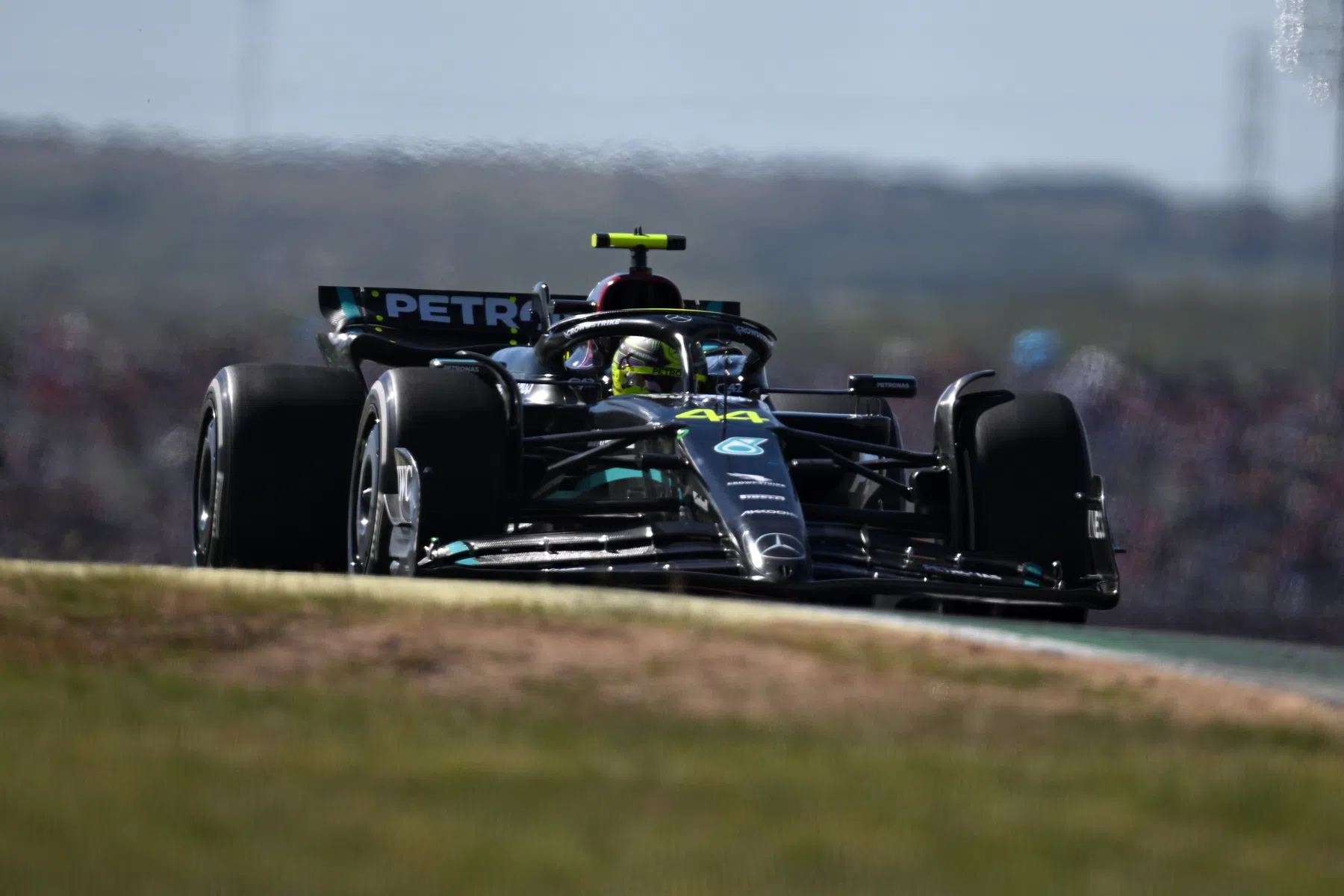FIA explain Hamilton's DSQ: This is how the FIA went about it
F1 News

Usually, it is a form with just a few sentences: 'After the check by the FIA, the car with number X was found to be compliant with the regulations', upon which Jo Bauer signs off. In the United States, it was different: the FIA's check showed that Lewis Hamilton's and Charles Leclerc's cars did not comply with regulations. The FIA now explains how the verification process works.
Four cars were subjected to inspection in Austin (including that of winner Max Verstappen). Only in the case of Hamilton and Leclerc was it found that the plank had an illegal amount of wear. But how does the FIA go about checking for compliance, and is it the same at every event?
What does the FIA check?
The answer is that every weekend a series of random checks are carried out on various parts of the cars. This process has been in place for decades and is designed to ensure compliance with the regulations, as the teams do not know before the race which specific areas of which cars can be examined beyond the standard checks carried out on each car. "This means that, from their perspective, any part of the car could be checked at any time, and the consequences for non-compliance with the Technical Regulations can be severe," the FIA said.
The FIA's seasoned, technical F1 team has all sorts of ways of checking the cars. After the checks, it is usually the case that the cars are compliant. But so in Austin, they did not and then the stewards are called in. These ultimately have to decide whether, and if so, what penalty will follow.
Checking all F1 cars impossible
The FIA says checking takes a lot of time and the teams have little time. After all, they have to pack their things for the trip to the next Grand Prix. This makes it impractical for the FIA to thoroughly check every part on every car. "This is why the process of randomly selecting a number of cars for post-race scrutineering across various aspects of the regulations is so valuable. Each team is aware that selection is possible and understand that the chance of any lack of compliance being uncovered is strong."
In addition, the FIA says, one car each race is singled out for a more detailed analysis of internal components. This check requires regularly dismantling parts completely. "As with everything in Formula 1, the process has evolved and been refined over the years to constitute the most stringent and thorough method of monitoring F1’s incredibly complex current-generation cars, acting as a serious deterrent while being practically achievable within the logistical framework of a Grand Prix weekend," the FIA concluded.